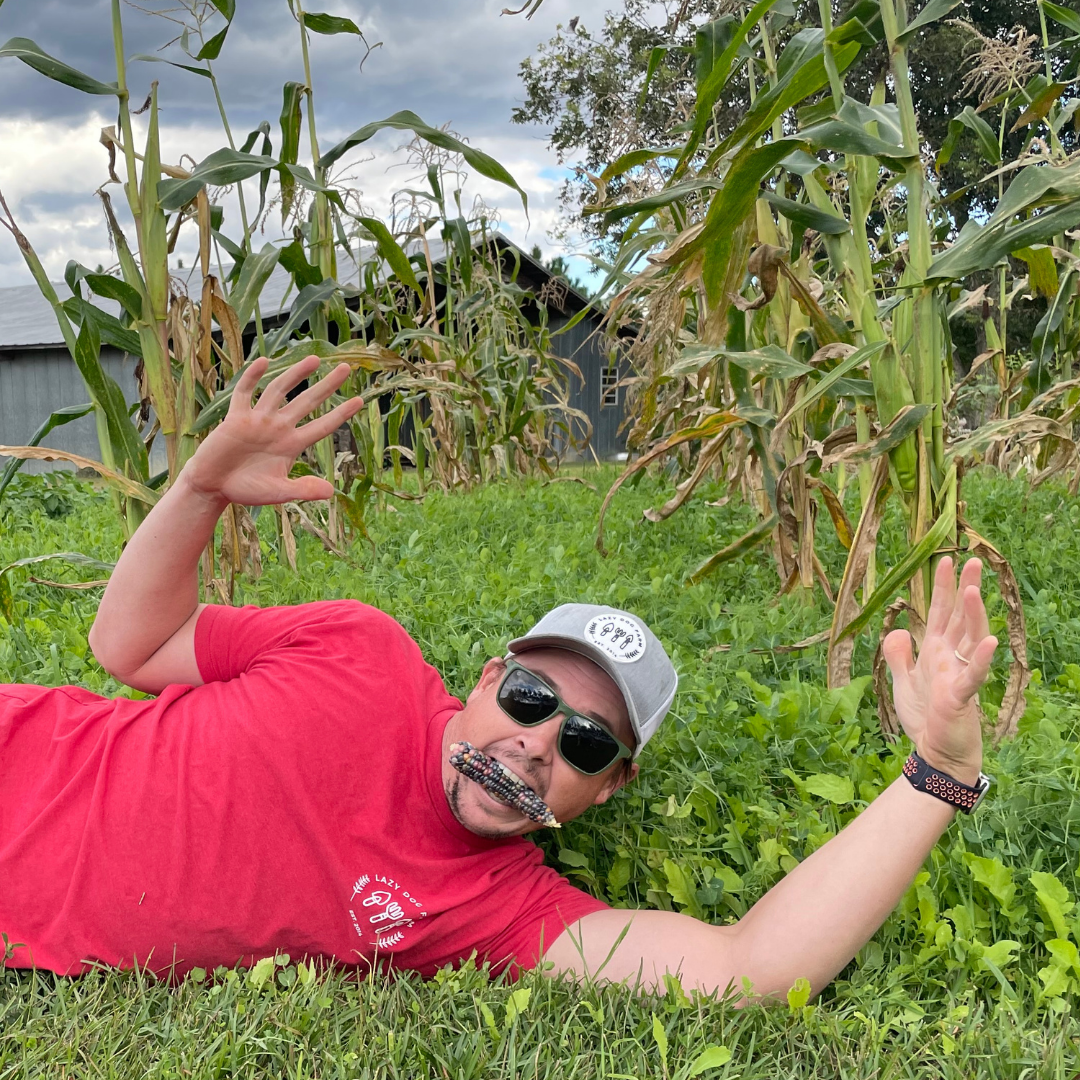Searching for gardening advice on Google or YouTube can quickly become overwhelming, especially for a beginner gardener. There are so many techniques and methods from no-till, Back to Eden, Mittleider, Korean natural farming, etc. Many of the proponents of any of these methods tend to be somewhat dogmatic about the particular method, praising it as if it the only way to garden and that it will work for everyone.
I've always been a little skeptical of some of these gardening methods that are praised to no end, just because they do seem too good to be true. Some of that also has to do with the fact that the users of those methods don't usually consider how those methods might differ depending on climate and resources available to the gardener. As such, I always try new gardening techniques with caution.
When trying a new technique, I usually just experiment with that technique on one of my 10 plots, so that I still have some food security if it's a complete failure. I don't want to go "all in" until it has been properly tested in my area. As you probably know, growing in the deep south can be quite different than growing in the northern states.
COVER CROP INTERPLANTING HESITATIONS
With that being said, I've always been interested in the cover crop interplanting technique, where cover crops are interplanted amongst vegetable crops to provide a "living mulch" as those vegetable crops grow. I've seen this done more on a larger scale than I have on a smaller scale, but the same rules should apply. While "interested," I've had my hesitations about this technique as well. Some of those would include:
- How does the timing work? What happens if the cover crop goes to seed prior to the vegetable crop being ready to harvest? If that happens, the cover crop would likely create a weed issue.
- Does the cover crop interplanting rob the soil of nutrients that could be used to feed the vegetable plants?
- What cover crops and vegetables pair well together? You wouldn't want a cover crop to grow taller than the vegetable crop, shading it and inhibiting its growth.
- When you should plant the cover crop? Do you plant it prior to planting the vegetables, at the same time, of after the vegetables are planted?
Before I go any further, I should mention that most of the cover crop interplanting I've seen involves planting vegetables into an established cover crop. In this case, the grower uses a crimping or strip-till technique to prepare ground for the vegetable rows amongst the existing cover crop. One issue with this technique involves something called the "green bridge," where pests from the cover crop quickly inhabit the newly planted vegetable crop.
But I wanted to try something different. I wanted it to do it backwards compared to the technique mentioned above. I wanted to try planting a cover crop into a new or established vegetable plot.
So the aim here would be to plant a vegetable crop (corn, pumpkins, tomatoes, peppers, squash, etc.) just as you would if you were going to regularly cultivate or hoe between the rows to manage weed pressure. But once the vegetable crop starts growing well (either after direct-seeding or transplanting), plant a cover crop between the rows so that the plot is virtually maintenance-free. The ground is covered with living material that grows alongside the vegetable crop, shading the soil, reducing erosion, and eventually providing organic material once the cover crop is terminated.
THIS MIGHT TAKE SOME BRAINSTORMING
As I'm tumbling this idea around my head, I start thinking of certain cover crop and pairings that would work well. You wouldn't want to use a warm-season cover crop like buckwheat that goes to seed in 4-5 weeks. You'd have to use a cover crop that a similar or longer maturity date than the vegetable crop growing in the same space.
You'd also want a cover crop that didn't get very tall, otherwise you'd have to regularly mow it so that it didn't shade your vegetable plants. Mowing it every few weeks would still probably be less effort than cultivation between rows. But it's definitely something to consider when choosing the right cover crop - vegetable pairing.
For warm-season vegetable crops, I think iron clay peas are a great cover crop interplanting option. We tried this on a fall crop of pumpkins this year and it worked pretty well. Once the pumpkins started vining a little, we planted the pea cover crop amongst the pumpkins and both thrived growing together. Another option for warm-season spring and early summer crops might be white dutch clover. This clover variety is the most bolt-resistant and doesn't get very tall, making it a prime candidate.
For cool-season cover crop and vegetable plantings, the maturity date is not that big of an issue because cool-season cover crops usually grow throughout the entire winter here without going to seed quickly. The height of the cover crop would be the primary issue in the cool season, although most cool-season cover crops don't get that tall.

We're currently experimenting with some cool-season cover crop interplanting in a plot where we have glass gem corn stalks drying and an attempt at fall potatoes. The corn was planted in late summer and now we're just waiting on the stalks to completely dry before harvesting. The fall potatoes were planted in mid-September.
Once the potatoes sprouted and plants were approximately 6" tall, we interplanted this cool-season cover crop mix from True Leaf Market. It includes Austrian winter pea, winter wheat, triticale, forage collards, hairy vetch, daikon radish, clover, and mustard. While many of the cool season cover crops in this mix can create a really dense cover, none of them will get that tall. And since the potatoes had a head start, we didn't expect the cover crop to eventually smother them.
COVER CROP INTERPLANTING GOING FORWARD
So far this technique has worked very well in the two instances where I have tried it -- iron clay peas with pumpkins and a cool-season mix with fall potatoes. I'm very encouraged by the results thus far and I'm currently trying to think of more combinations that would work well for our spring and summer garden next year. I definitely want to try planting iron clay peas with other vining crops like winter squash and watermelons.
I'm not sure the technique would work as well with crops that require repeat harvests -- something like squash and cucumbers. I say this because the repeated traffic on the cover crop might reduce some of the benefits of having it interplanted with the vegetables. I think the technique works much better for one-time harvest crops like corn, potatoes, pumpkins, winter squash, melons, etc.
The benefits to this technique, when executed properly, are endless. Not only does it make your garden plot virtually maintenance-free while you're waiting on the vegetables to mature, but it also keeps the soil aerated, reduces erosion, prevents weeds, and so much more! And I think the cost of the cover crop seed is negligible when considering the amount of labor it saves compared to cultivating between the rows.
While I doubt that there will ever be a time where we can do this with every single vegetable we grow here at Lazy Dog Farm, I definitely plan on pushing the limits of this technique to see what combinations will and won't work for us. Stay tuned as we experiment, learn more, and share as we go!

